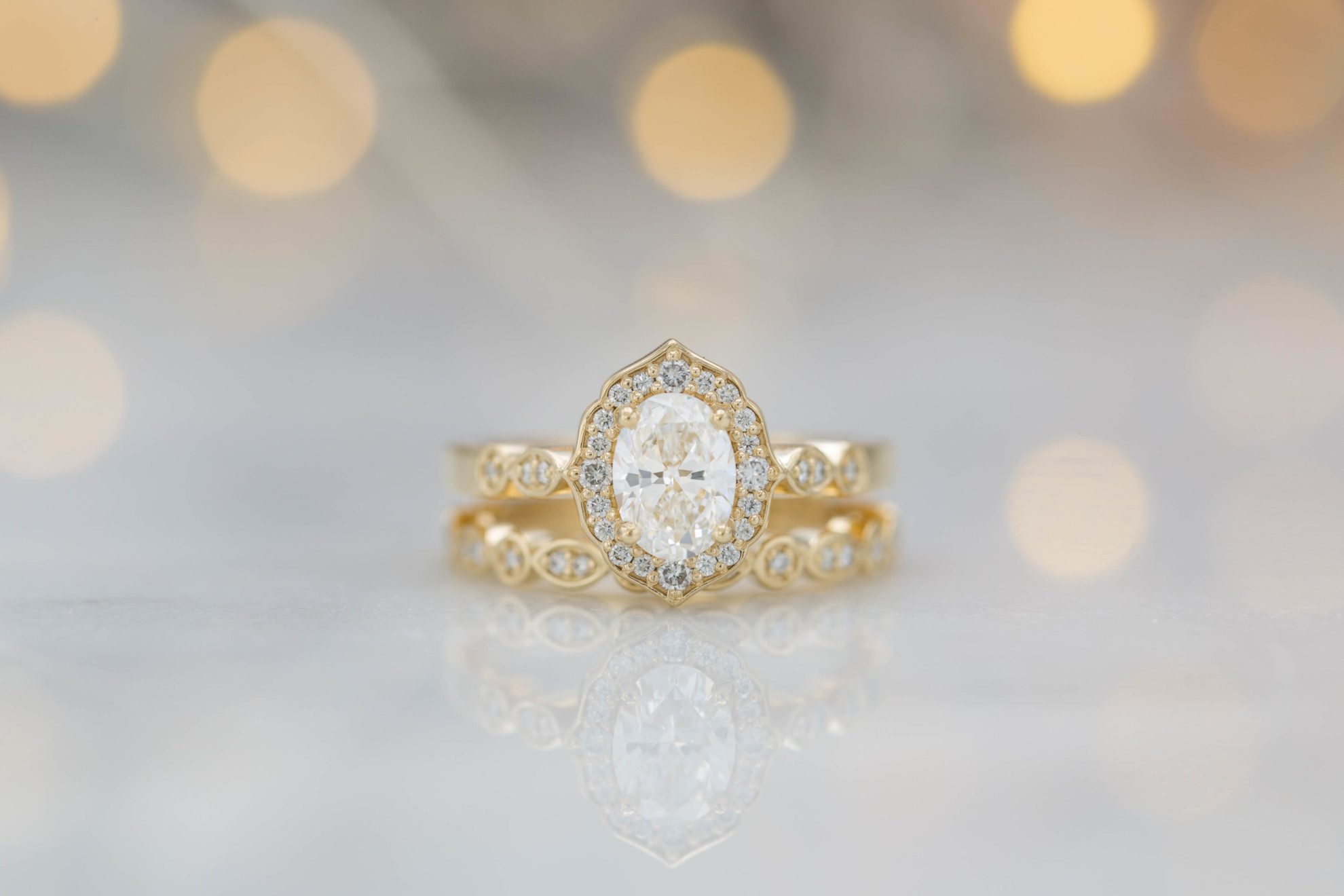A Brief History of Diamonds
Learn how diamonds formed geologically and how they became the virtual standard for engagement ring stones in this brief history of diamonds.
3 Minute Read
How Did Diamonds Form?
Scientists have found evidence that diamonds formed in several ways.
Around 90 miles (145 km) below the surface in areas of the Earth’s mantle, temperatures reach 2,000° F (1,093° C). Diamonds form at these depths at those temperatures and under extremely high pressure, then fast-moving magma from deep-source volcanic eruptions bring them to the surface.
Very small diamonds have also been found in rocks from tectonic plates (large areas of the Earth crust) subducted into the Earth’s mantle and then returned to the surface.
Asteroid impact sites have yielded tiny diamonds as well. Researchers believe that the temperature and pressure from these impacts may suffice to form diamonds.
Diamonds also occur extraterrestrially. Some meteorites contain microscopic diamonds not formed by impacts. In 2004, astronomers discovered a white dwarf star in the constellation Centaurus that has crystallized into a diamond. “Lucy,” as astronomers have nicknamed this remnant, has a diameter of 2,500 miles (4.023 km) and weighs 10 billion trillion trillion carats!
Does Coal Play a Role in Forming Diamonds?
Although both coal and diamond contain primarily carbon, the answer is likely no. Most coal is a byproduct of terrestrial plants, particularly forests. The earliest known…
International Gem Society
Related Articles
Diamond Value, Price, and Jewelry Information
Five-Carat Diamond Ring: an Insider’s Guide
What are Black Diamonds and Carbonados?
Diamond Rating: A Beginner’s Guide
Latest Articles
800 Years of Mogok: A Celebration in Tenuous Times
What is the Average Gemstone Faceting Yield?
Pyroxmangite Value, Price, and Jewelry Information
How to Identify Emerald Simulants and Synthetics
Never Stop Learning
When you join the IGS community, you get trusted diamond & gemstone information when you need it.
Get Gemology Insights
Get started with the International Gem Society’s free guide to gemstone identification. Join our weekly newsletter & get a free copy of the Gem ID Checklist!
